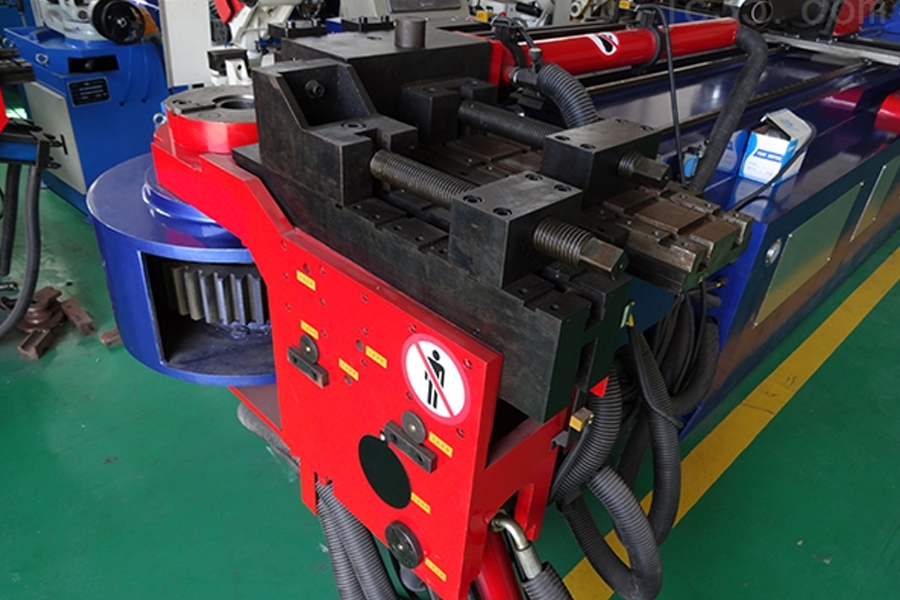The surface star of the stamping parts refers to the tiny convex hulls that appear on the surface of the large cover parts in the stamping production. When the appearance quality of the stamping parts is checked with oilstone, the tiny bright spots on the surface can be seen. These tiny defects will cause messy and irregular reflection of light after painting and affect the appearance quality.
The surface star of the stamping parts refers to the tiny convex hulls that appear on the surface of the large cover parts in the stamping production. When the appearance quality of the stamping parts is checked with oilstone, the tiny bright spots on the surface can be seen. These tiny defects will cause messy and irregular reflection of light after painting and affect the appearance quality.
The main reasons for stamping parts to produce surface stars are:
- ①The surface of the raw material is dirty due to not cleaned the surface of the material or the cleaning oil is not clean;
- ②The surface of the raw material is dirty due to poor preservation of the material after cleaning or long-term storage after uncoiling and blanking;
- ③The mold surface is dirty because the mold is not cleaned or the mold is not cleaned in time;
- ④The surface of the base metal is dirty before hot-dip galvanizing;
- ⑤The chromium plating layer on the surface of the mold is destroyed after long-term production, and the surface of the material is dezincified due to the friction between the mold and the material surface after drawing;
- ⑥ The dust-proof condition of the production workshop is not good, and dust falls on the surface of the material and the surface of the mold at the production site;
- ⑦During the handling and production, when the workers wear ordinary protective gloves, the dwarf generated by the friction between ordinary protective gloves and the sheet material will fall into the surface of the material and the surface of the mold;
- ⑧The cutting powder produced in the trimming and punching process enters the mold.
In the process of stamping, large-scale cover parts appear on the surface of the star position point is generally not fixed, the surface star problem is the difficulty in the metal stamping production, the most serious situation of the surface star in the production process is the appearance of more than 20 stars on the surface of a part For the purpose, the repair time is 10 min/piece. Reducing and eliminating the surface star problem in stamping production, thereby reducing the repair rate and repair time is a key control item in stamping production.
Preventive measures to reduce and eliminate stars on the stamping surface:
- ① The BL material (uncoiling blanking material) used for stamping production must be cleaned 1~2 times, and the surface quality after cleaning must meet the requirements of the inspection standard;
- ②The material after uncoiling and blanking should be used for stamping production in time. If it cannot be used for stamping production temporarily, it should be properly handled during the transfer and storage process to prevent the BL material from being soiled;
- ③The stamping die, especially the drawing die, must be cleaned. If dust and other dirt fall on the surface of the die during the stamping production, the line must be stopped and the surface of the die must be wiped clean with a sticky cloth;
- ④If the surface of the mold and the material are clean, if the surface of the part is still severely starred after pulling, the material cannot be used for the production of large outer cover parts, and the material supplier needs to be notified to solve it;
- ⑤The mold must be chrome-plated again after a period of use;
- ⑥ Find a way to seal the stamping workshop and production line that produce large covering parts to prevent dust and other dirt from floating into the stamping line;
- ⑦If large covering parts are produced on a manual production line, operators must wear special cut-resistant gloves when carrying out loading and unloading operations;
- ⑧ Take measures from the mold structure to prevent the cutting powder from being produced, not allowing the cutting powder to enter the mold, and not pressing the cutting powder. The material at the cut part is torn down twice. As shown in Figure 3, a blower pipe is designed and installed in the mold, and compressed air is used to blow the cut powder out of the mold.
